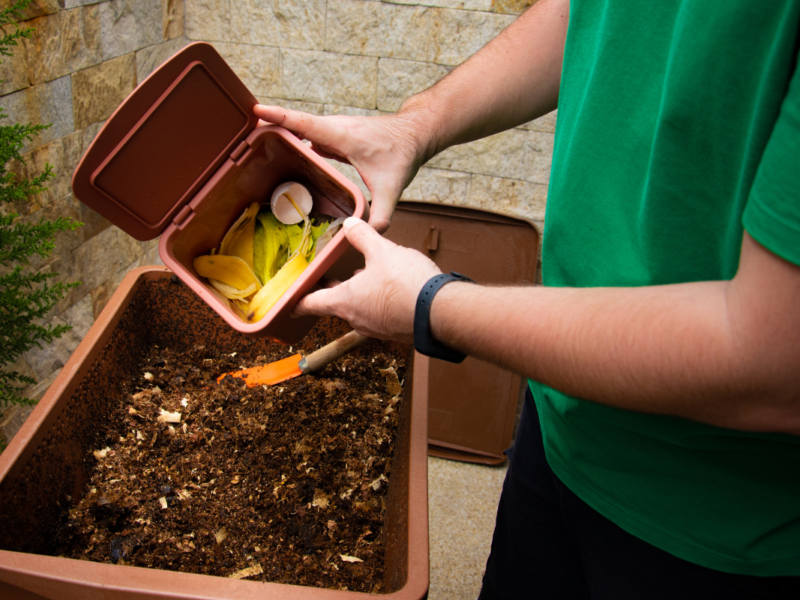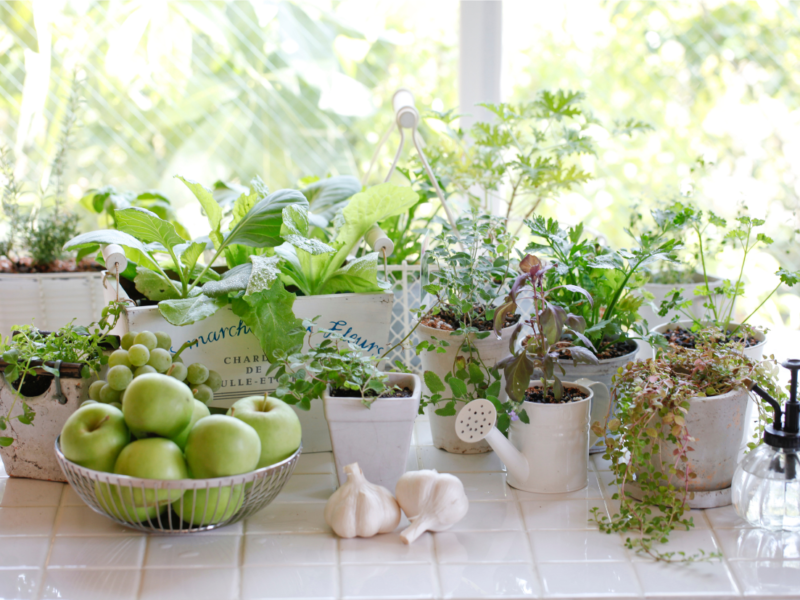If you are a city-dweller, you might have enough space in the front yard to grow a beautiful edible garden. All you need to do is follow these simple steps when choosing what plants to grow in your yard to ensure they nourish your family and look great in your yard!
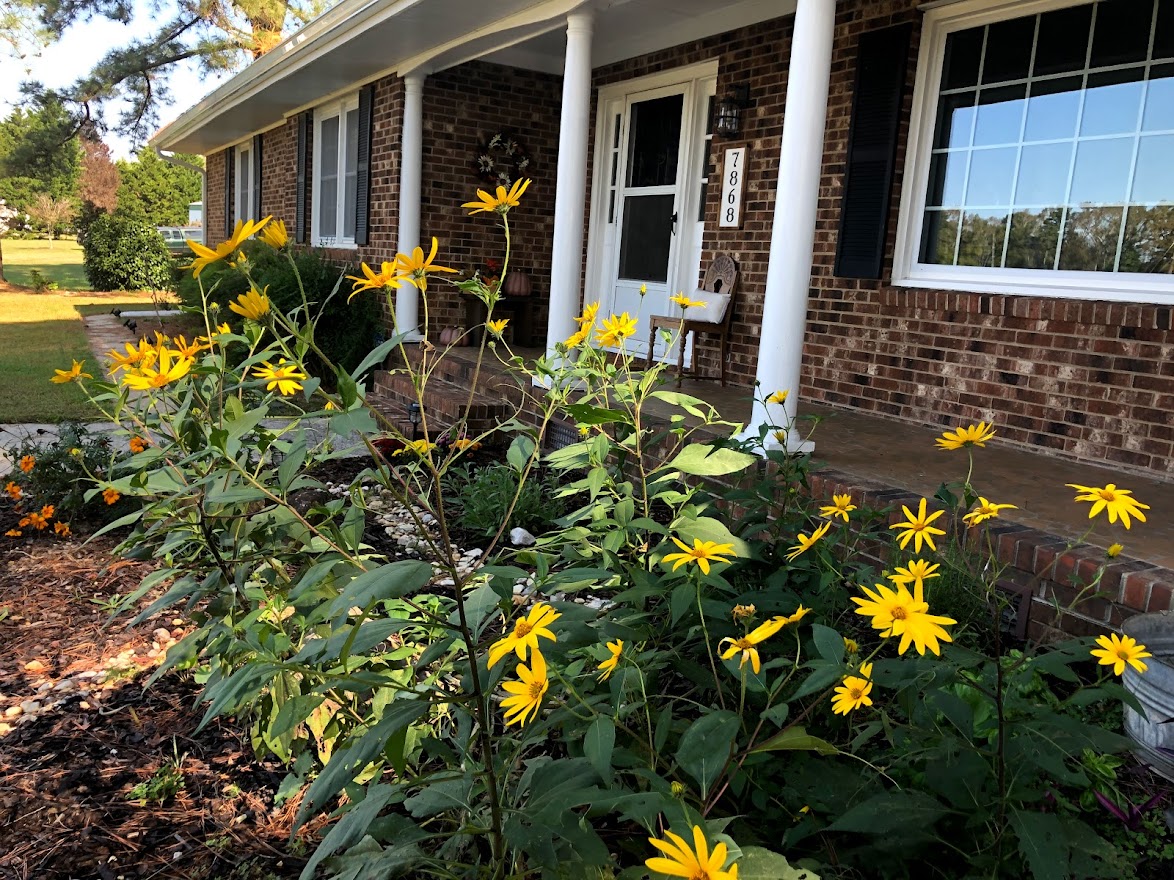
This post may contain affiliate links, which means I can receive a commission from any purchase made from the links. I earn from purchases from Amazon links. See the disclosure policy here.
With spring just around the corner, it’s time to prepare your front yard garden for warmer weather. One option is edible landscaping, which can add some exciting edibles to your landscape while keeping the look of an attractive front yard. With these tips, you can have a beautiful edible landscape.
This post is all about how you can grow food in an edible front yard garden.
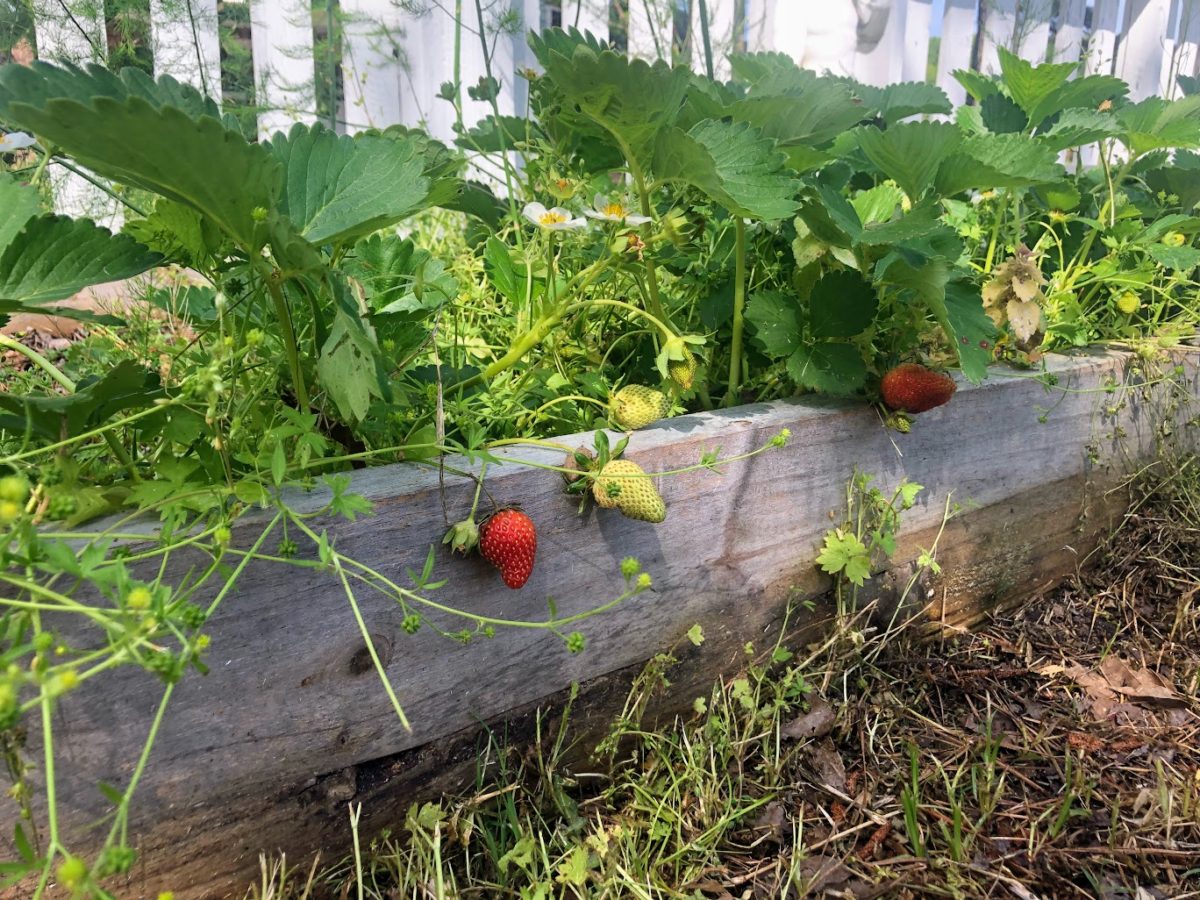
Edible Escapes: Designing a Front Yard Garden Haven
While you can scatter a few berries, herbs, and vegetables throughout your front yard and call it a day, that won’t look as good as if you go in with a plan.
Before digging up your lawn, read these tips to help plan for a sustainable and pleasing edible front yard garden!
Why Plant Food in Your Front Yard?
Growing an edible landscape isn’t just about producing your food; it’s a deliberate choice to transform your surroundings into a living, breathing pantry that seamlessly blends beauty with functionality.
Cultivating a landscape that bears fruits, vegetables, and herbs is a commitment to sustainable living and self-sufficiency. It’s a conscious step towards reducing your ecological footprint and embracing a more holistic approach to design.
Beyond the practical advantages of having a readily available source of fresh, organic produce, an edible landscape fosters a deeper connection with nature and an appreciation for growth and harvest cycles—outdoor space into a dynamic, ever-changing tapestry that nourishes body and soul.
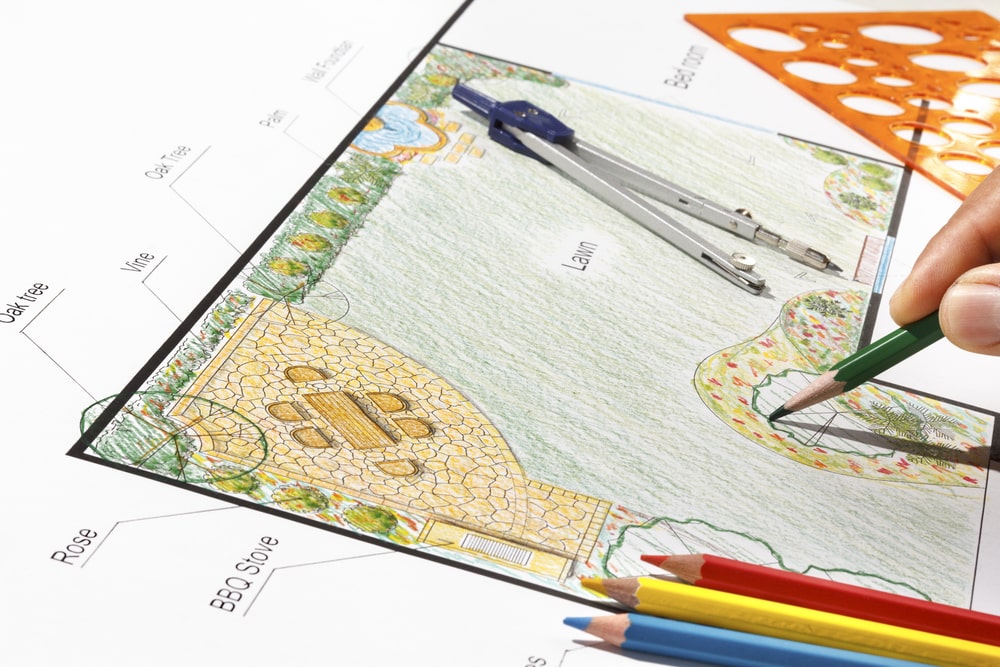
Plan the Layout for an Edible Front Yard Garden
Plants come in all shapes and sizes, so planning your layout is essential. An easy way to do that is by drawing a rough sketch of how you want your front yard to look.
It doesn’t have to be fancy—list the types of edible plants in each area, how they’ll interact, and any other design decisions, like where walkways or sitting areas might go.
Before digging up your lawn, set aside some time to draw up a layout for the edible landscape design on paper. If you can’t do it on paper, do it in Google SketchUp or other 3D modeling software. (Editable 3D models of most plants are available online.)
Make sure your layout makes sense from both an aesthetic and practical perspective. Are there areas that get too much shade?
Is there any chance pests might cause trouble? Can certain parts of your design be automated with automatic sprinklers or drip hoses?
Plants come in all shapes and sizes, so planning your edible landscape design layout is important. An easy way to do that is by drawing a rough sketch of how you want your front yard to look.
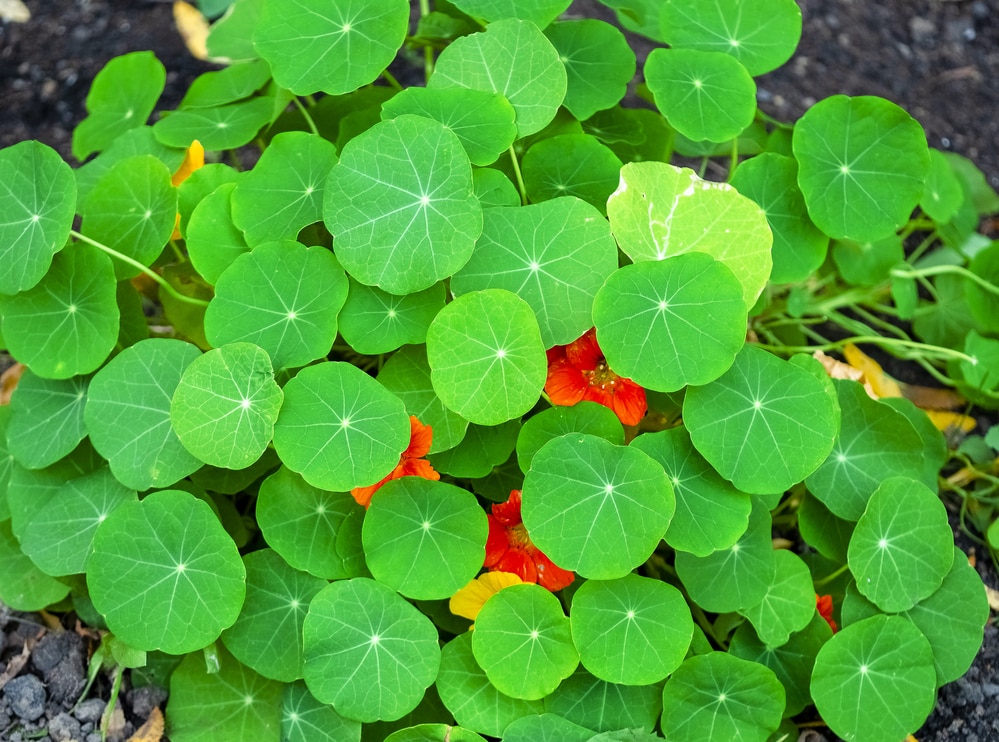
Choosing the Best Plants for Edible Landscaping
After you have a design in mind, it is time for the fun part–Choosing plants! Here are some tips: When designing your edible landscape, it’s a good idea to use native plants because they’re more suitable for your region and require less water and maintenance than non-native varieties.
Also, remember that even if your yard doesn’t look like much now (let’s be honest—most of us don’t), you can build it up little by little, year after year. There’s no need to rush the process!
Before you even consider design, choosing your plants is essential. Many edible landscape designers recommend selecting two or three types of fruit trees (for example, apples and pears) and planting them near each other.
Some varieties naturally cross-pollinate when planted, making your fruits bigger and tastier. You can also grow a variety of perennials, like asparagus and rhubarb, between fruit trees.
Consider creating a fruit tree guild! Creating a garden of beneficial companion plants around the tree is a great way to support the ecosystem.
This will improve the health of the trees and provide more edible plants and herbs for your family.
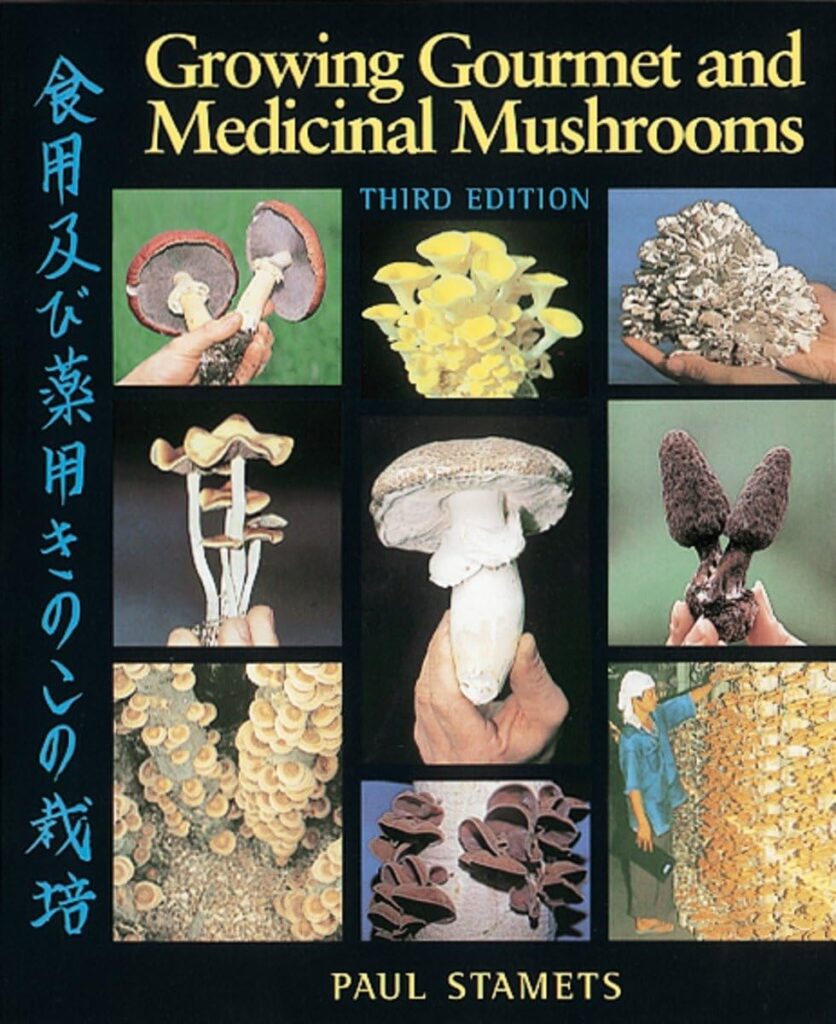
Edible Plants for Sun and Shade
When choosing plants, there are many things to consider: When will your area get sunlight? Will any part of your property be shaded during certain times of the day?
Do some research on plant types (perennials, annuals, shrubs) that will grow well in sun or shade conditions.
If no place naturally gets enough sunlight for everything you want to grow, consider installing artificial light instead of moving plants around every season. How close should you put different plants together?
Most front yard landscaping designs will feature a combination of annuals and perennials, although they can be executed with only one or the other.

Annuals are vegetables that die back after each season (typically planted every spring). They provide a burst of color, but once they’re gone, they’re gone.
Perennials are those green-leaved plants that live through at least two seasons.
In our North Carolina garden (Zone 8A), some plants (chard, onions, garlic, parsley) that would act as annuals in cooler climates grow like biennial or perennial plants. They stay put in the garden for many years.
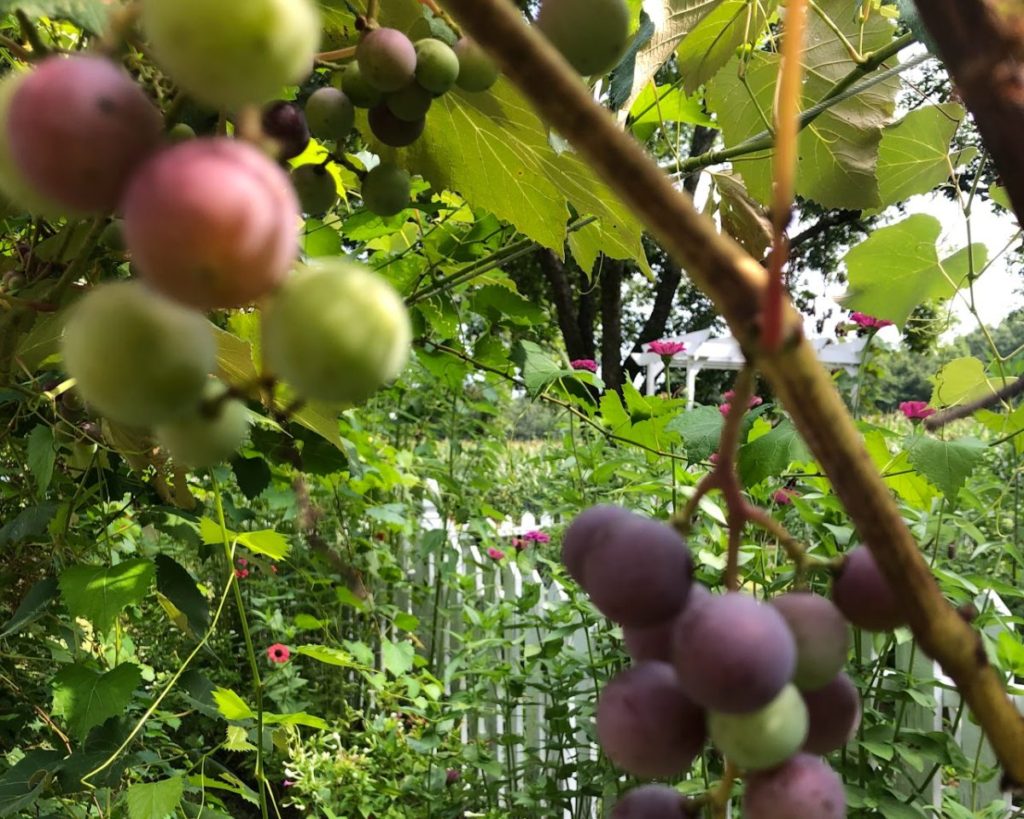
Where to Buy Plants for Your Edible Front Yard
You can start seeds or transplant young plants. If you don’t have a green thumb or want something that requires less work, you can always buy your plants at a local nursery.
It speeds up the beauty of the landscape, and it may be a more viable option if gardening isn’t your strong suit.
Or maybe you want some starter plants and supplies but don’t want anything that will take up too much space? Plants that grow well in vertical systems are a great choice!
Try checking out The Home Depot garden section—it has everything from kits with everything included to basics like planters and fertilizer.
You might find a local nursery to purchase fruit trees, bushes, and vines. They tend to have adapted plants for your area, and the specialists also have lots of good advice.
If you are unsure whether your plants will thrive in your area, it’s a good idea to look locally.
However, many successful online specialty nurseries like Gurneys and Pixie Gardens are selling dwarf fruit trees specifically for front yard edible landscapes.
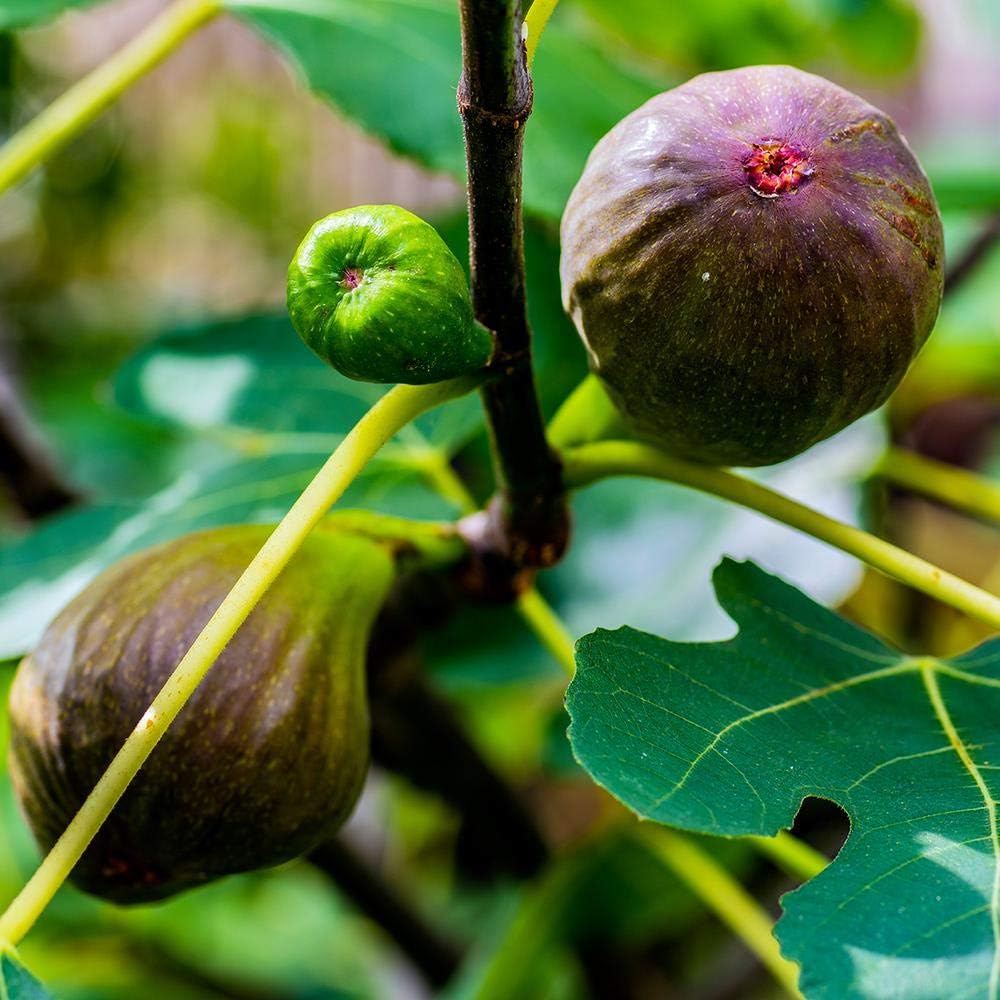
Planting and Caring for Your New Edible Front Yard Garden
Gardening is so rewarding! To ensure your landscape design looks as good on paper as in real life, take time to care for your new front yard landscaping.
Keeping up with weeding and watering can be a big hassle, but you’ll be rewarded with fresh produce all summer! If you have children, involve them; they’ll have fun caring for their edible plants and become better-informed eaters.
When it comes to edible landscaping, you can do some planting and caretaking or hire a professional landscaper.
Your choice will be based on how much money you want to spend and how much time you want to spend tending your new edible landscape.
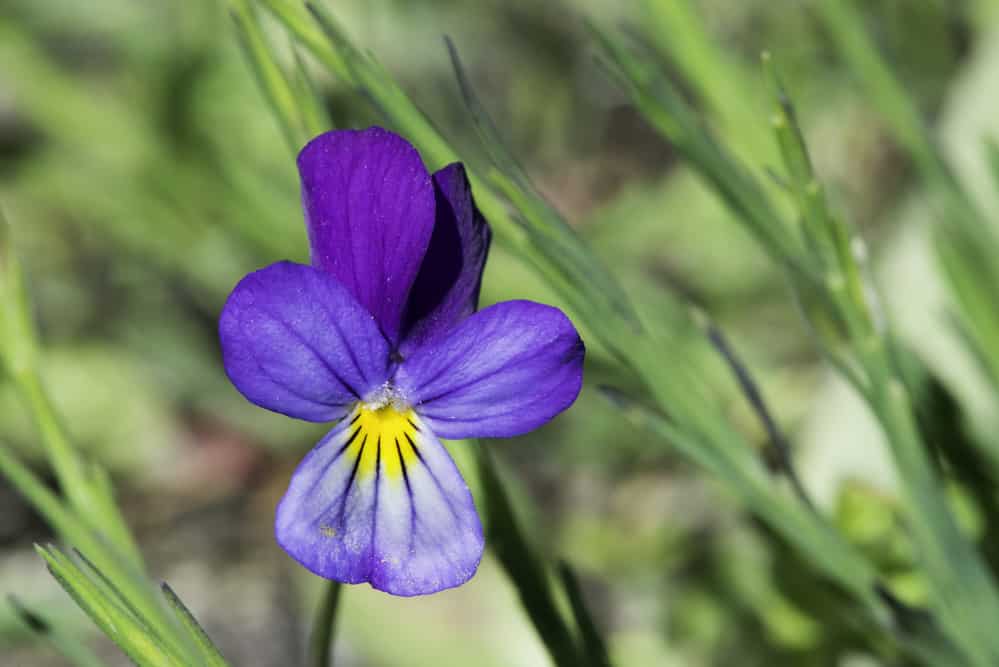
Choice Plants for Your Edible Front Yard Garden
Tall Edible Yard Plants
- Dwarf fruit trees: apple, pear, peach, fig, and cherry
- Jerusalem artichokes – Beautiful yellow flowers. Very tall, 6-8ft, and prolific so that it can get out of hand. It’s better in a controlled bed.
- Artichokes (Globe and Imperial)
Food-Producing Shrubs
- Roses
- Rosemary- choose several varieties for different colors
- Berry Bushes- There are many, depending on your zone. Blueberries, gooseberries, blackberries, raspberries, mulberries, honeyberries, Aronia berries, currants, and more!
Compact Edible Plants of Interest
- Hosta shoots are edible and very popular in shade-part sun areas in regular landscaping. There are lots of varieties, too.
- Kales and cabbages are grown annually throughout the cooler months.
- Herbs- Sage, stevia, lemon balm, anise, oregano, and mints. Thyme makes an excellent ground cover and will fill in spaces.
- Tatsoi
Edible Flowers and Color for the Edible Landscape
- Nasturtiums
- Pansies
- Pepper Plants
- Pineapple Sage
- Chives
- Calendula
- Borage
- Hibiscus
- Lavender
- Violets
Vining Edible Plants
- Kiwi
- Muscadine
- Concord and Other Varieties of Grapes
Biennial and Perennial Edible Garden Plants
- Walking Onions
- Evergreen Bunching Onions
- Perpetual Swiss Chard
- Perennial Spinach
- Ramps
- Good King Henry
- Sorrel
- Garlic
- Horseradish and Ginger Root
- Artichokes (Globe and Imperial)
- Asparagus
- Rhubarb
- Strawberries
Cultivating an edible front yard garden is not just a trend; it’s a revolutionary step towards a more sustainable and fulfilling lifestyle. As we’ve explored the myriad benefits, from enhancing curb appeal to promoting environmental consciousness and fostering a sense of community, it’s evident that transforming your front yard into a bountiful garden goes beyond aesthetics. It’s about reconnecting with nature, positively impacting the planet, and savoring the fruits of your labor.
This post was about designing an edible front yard garden landscape.

